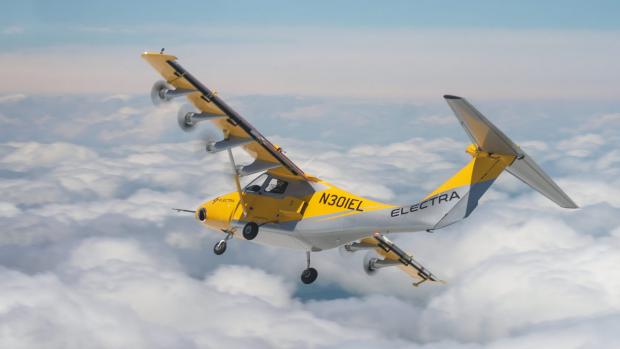
Breaking News
 Mirrored concrete for cheap solar energy
Mirrored concrete for cheap solar energy
 All Government Is Dictatorial Because All Government Is Totalitarian
All Government Is Dictatorial Because All Government Is Totalitarian
 Putin Says He's Ready for Peace
Putin Says He's Ready for Peace
 Medicaid Fraud in Minnesota at least $9 Billion Since 2018
Medicaid Fraud in Minnesota at least $9 Billion Since 2018
Top Tech News
 Perfect Aircrete, Kitchen Ingredients.
Perfect Aircrete, Kitchen Ingredients.
 Futuristic pixel-raising display lets you feel what's onscreen
Futuristic pixel-raising display lets you feel what's onscreen
 Cutting-Edge Facility Generates Pure Water and Hydrogen Fuel from Seawater for Mere Pennies
Cutting-Edge Facility Generates Pure Water and Hydrogen Fuel from Seawater for Mere Pennies
 This tiny dev board is packed with features for ambitious makers
This tiny dev board is packed with features for ambitious makers
 Scientists Discover Gel to Regrow Tooth Enamel
Scientists Discover Gel to Regrow Tooth Enamel
 Vitamin C and Dandelion Root Killing Cancer Cells -- as Former CDC Director Calls for COVID-19...
Vitamin C and Dandelion Root Killing Cancer Cells -- as Former CDC Director Calls for COVID-19...
 Galactic Brain: US firm plans space-based data centers, power grid to challenge China
Galactic Brain: US firm plans space-based data centers, power grid to challenge China
 A microbial cleanup for glyphosate just earned a patent. Here's why that matters
A microbial cleanup for glyphosate just earned a patent. Here's why that matters
 Japan Breaks Internet Speed Record with 5 Million Times Faster Data Transfer
Japan Breaks Internet Speed Record with 5 Million Times Faster Data Transfer
Hybrid-electric STOL showcases flexibility in first public demo flights

The Electra STOL (short take-off and landing) aircraft features eight electric props along the front edge of its wings. To help achieve the blown lift effect – which results in lift off at relatively low speeds of 35 mph (56 km/h) along a short runway – the aircraft sports large flaps at the rear edge of the wings.
Power for take-off is provided by onboard batteries, with the system switching to a small turbogenerator for cruising or topping up the batteries while in the air.
The company has been test flying the two-seat EL2 prototype since at least May 2024, but the recent flights at Virginia Tech – in partnership with Surf Air Mobility – represent the first series of public demonstrations.
Though the prototype did take-off and land utilizing a 300 x 75-ft (91 x 23-m) paved surface at the expansive Blacksburg campus, the EL2 showed off its flexibility by tackling other surfaces too. These included an access road in cooperation with Virginia's Department of Transportation, and a grass field at the university's Corporate Research Center.
"These demonstrations showcased breathtakingly short take-offs and landings and pinpoint landing capabilities with the power to transform aviation as we know it," said Marc Allen, CEO of Electra.
As Electra sees it, that transformation will bring air travel closer to where people live or work. The aim is to offer passengers brisk short hops with reduced waiting times and faster turnaround, compared to large out-of-town airports. The company highlights a recent Georgia Tech study that identified "significant demand for Direct Aviation and ideal routes for Ultra Short aviation services."
Electra also sees major savings for operators and passengers alike, noting that its aircraft could be run at a third of the cost of a helicopter while being significantly cleaner and quieter. "The aircraft will be faster to turn around, less expensive to operate, and easier to deploy," said Louis Saint-Cyr, COO and President of Hawai'i Operations at Surf Air Mobility.
The company has notched up more than 2,200 orders from over 60 operators around the globe, and is looking to start commercial flights of the EL9 Ultra Short nine-passenger aircraft by 2029. That's still a ways off, and still requires the many certification hurdles to be overcome. More use cases, sample routes and operator partnerships will be announced in the coming months.

 Advanced Propulsion Resources Part 1 of 2
Advanced Propulsion Resources Part 1 of 2

